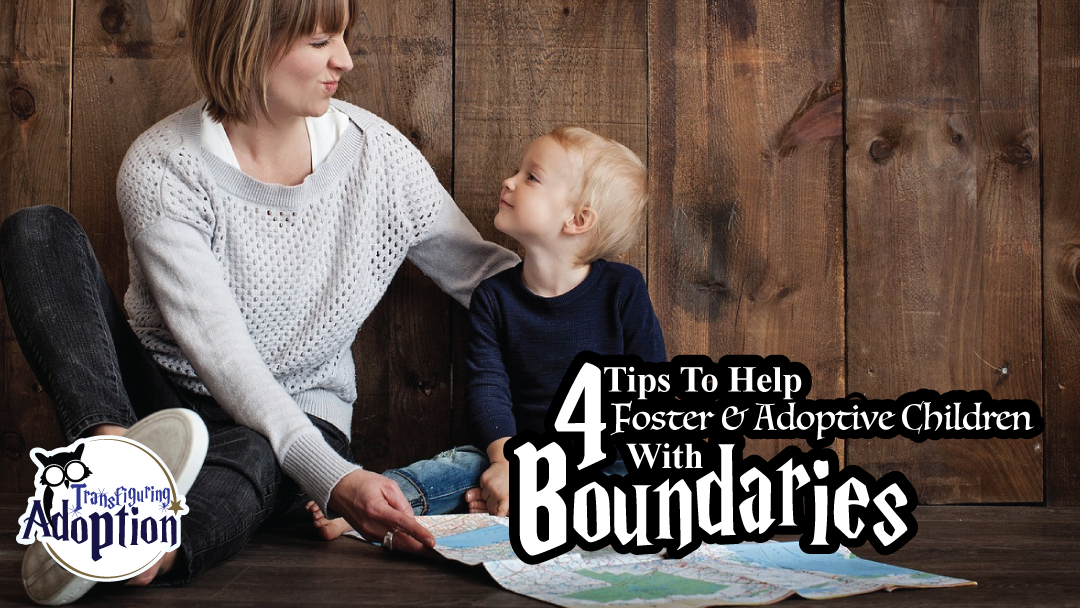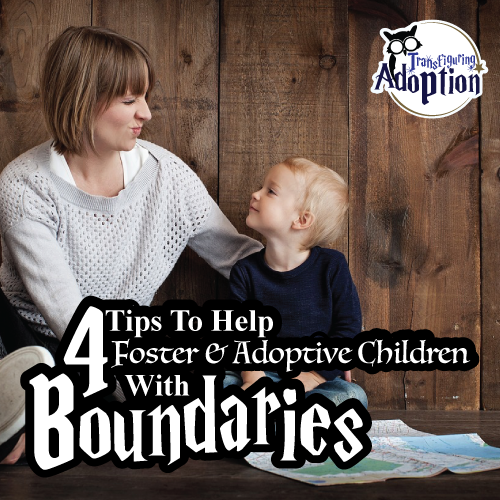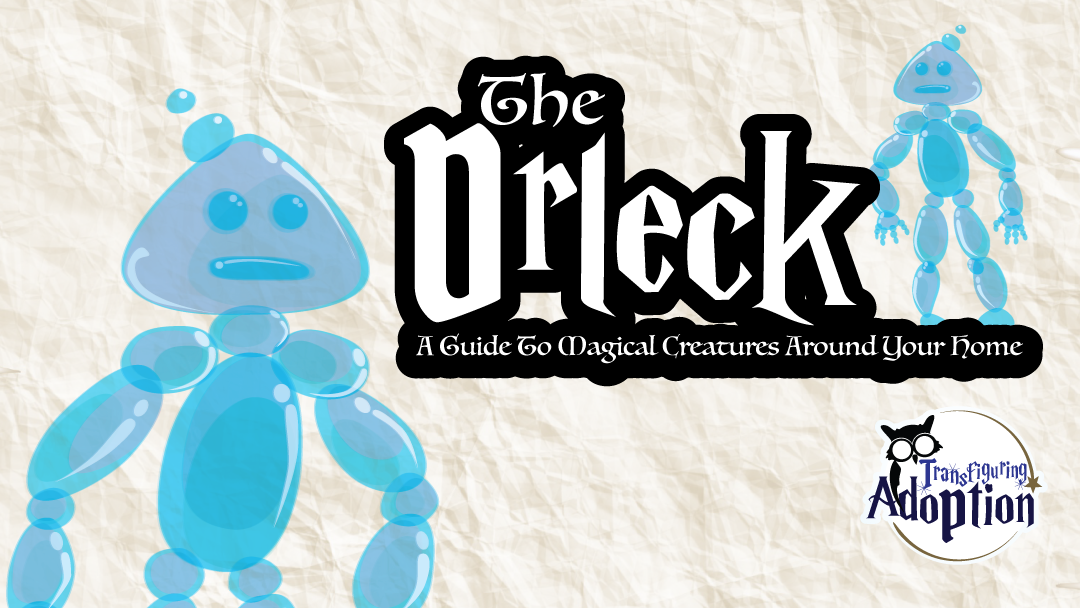When a child is born, caregivers determine where the child will go. The child’s domain usually consists of a crib, the arms of caregivers and loved ones, or a place they are buckled into such as a bouncy seat, carseat, or stroller. As the child grows and starts to become mobile, their caregivers allow them increasing areas to explore. These areas usually start with a playpen and gradually increase to a gated room, a floor of the home, the backyard, the street, and eventually the neighborhood. Once teens get their driver’s license, their reach extends as they practice being young adults.
The perimeters, or boundaries, we set for our children keep them safe. The boundaries should reflect the development of the child and their ability to be safe in the area in which we allow them to roam, whether physical, behavioral, or virtual. All children test the boundaries set for them, and sometimes they show through their behavior that they are not quite ready for the increased limits we set. So what happens when children show that they cannot be safe outside the playpen? Well, most parents put the child back in the playpen. And what is usually the child’s response to having their freedom restricted again? It is usually a very angry scream!
Sometimes, however, the child shows or expresses relief at the safety provided by the limits placed on them. Maybe the skinned knee hurt, and the child is glad for the training wheels being put back on the big kid bike because the child realizes more practice is needed with the help of the training wheels. We have had one child who was often so grateful to be metaphorically put back in the playpen, having old boundaries reimposed. As parents, the gratefulness at first was so surprising, but this child had enough self-awareness to know that the limits were needed because the child’s impulsivity or the temptation to push through the limits was just too much for the child.
So much of the child’s response depends on our approach. If we react to their behavior solely with anger and punishment, the child often does not learn anything from the situation, and our relationship suffers. So what can we do to help the child not rebel and scream at being put back in the playpen? On the child’s level of understanding:
- Acknowledge feelings – Acknowledge the child’s feelings. What feelings was the child having before, during, and after crossing a boundary? Help the child understand what they may be feeling, whether it is anger, frustration, fear, or so on.
- Express nurturing concern – Talk about your own feelings and fears resulting from the boundary the child crossed. Discuss with the child things that could happen as a result of crossing the particular boundary. It is important to let the child think through potential consequences and come to their own conclusions as much as possible.
- Express teamwork – Rather than just imposing boundaries on the child, expressing an attitude of teamwork and coming alongside the child to help them manage and control their actions has a huge impact on their reactions to boundaries.
- Express the child’s value – Leigh Anne Goldstine of the Built 2 Bond Attachment Institute in Knoxville, Tennessee, has taught us that one idea children in foster care or who have been adopted often struggle with is that making a mistake does not mean that they are a failure or that they are unlovable. This often results in either internalizing the mistake and feeling they personally are a failure who cannot do anything right, or they refuse to accept responsibility so that they can believe they are still lovable.
These steps are not in any particular order. You may need to do one before the others dependent on the situation. It is also super important to remember that if the child is in a state of “fight, flight, or freeze” or is in some way out of control, they are mentally unable to think because the child’s brain is physically unable to access rational thought, logic, or reason.
I will admit that I often respond to a child breaking boundaries with a knee-jerk attitude of anger and punishment. It never makes the child or me feel good about the situation, and it does not aid in our attachment. But when I have employed the strategies above, the results have always been increased attachment between the child and myself and growth for the child. Recently, one of our kids had a big behavioral regression and had to be “put back in the playpen” in one area. Limits had to be put back in place because the behavior showed the child could not handle the increased limits. I started to respond with anger and punishment, but I stepped back a moment and went back to the child. I used the approach above, and what resulted was an extended time holding this precious young person, discussing how to prevent the boundaries from being broken, making the child feel valued, and connecting over discussing what happened. At one point, the child broke down and cried and apologized for causing stress for us. I cupped the child’s chin in my hand, met the child’s eyes, and said that it was an honor and a privilege to be the child’s mom. The thanks and happy tears and connection that followed was a huge win, and we were able to move forward as a team to work towards healing and growth. I could have missed that moment!
Here are some great books to help children learn some important concepts related to behavioral boundaries, mistakes, and feelings:
- Books to Help Children Understand They Are Loveable and Valuable Even When They Make Mistakes:
The Mermaid Who Couldn’t by Ali Redford [Our Review]
What Do You Do with a Problem? by Kobi Yamada [Our Review]
I Love You Through and Through by Bernadette Rosetti-Shustak [Our Review] - Books to Help Kids See Adults Mess Up Too:
Ellie Jelly and the Massive Mum Meltdown by Sarah Naish [Our Review]
Share with others:
What resources have you used to help your child with these concepts?
What other tips do you have for helping children with boundaries?



